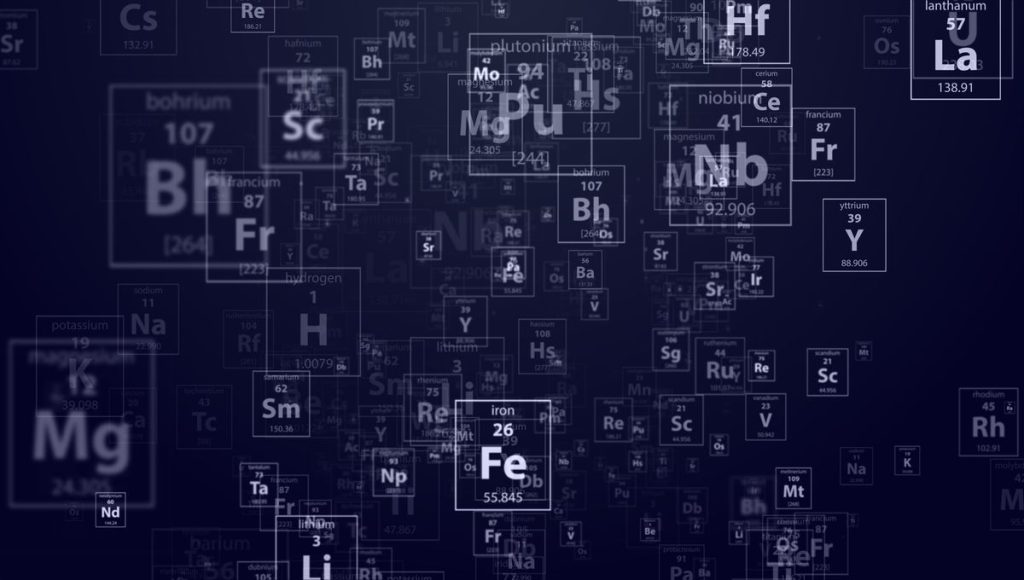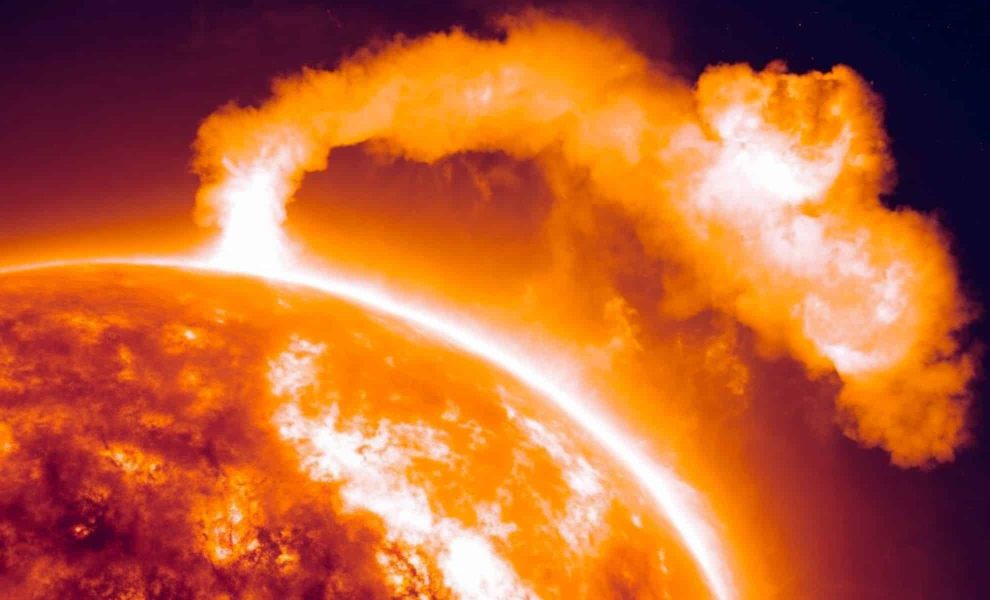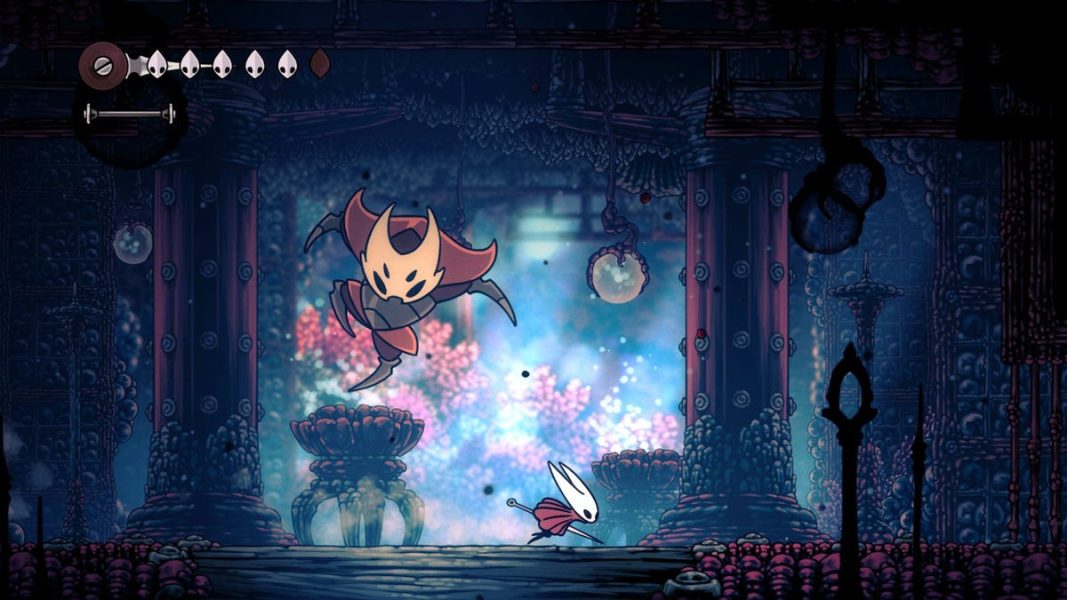Why You Can’t Combine All The Elements Of The Periodic Table In A Single Compound – IFLScience

CLOSEWe have emailed you a PDF version of the article you requested.Please check your spam or junk folder You can also addnewsletters@iflscience.comto your safe senders list to ensure you never miss a message from us.CLOSEComplete the form below to listen to the audio version of this articleListenCancel and go backIFLScience needs the contact information you provide to us to contact you about our products and services. You may unsubscribe from these communications at any time.For information on how to unsubscribe, as well as our privacy practices and commitment to protecting your privacy, check out ourPrivacy PolicyAdvertisement GO AD FREE!ACCOUNTSIGN INSIGN OUTSearchBecome anIFLScience memberMY ACCOUNTTHE VAULTMY ACCOUNTTHE VAULTMAGAZINESIGN OUTDr. Alfredo CarpinetiDr. Alfredo CarpinetiSenior Staff Writer & Space CorrespondentAlfredo (he/him) has a PhD in Astrophysics on galaxy evolution and a Master’s in Quantum Fields and Fundamental Forces.BookView full profileBookRead IFLScience Editorial PolicySenior Staff Writer & Space CorrespondentLaura SimmonsHealth & Medicine EditorLaura is an editor and staff writer at IFLScience. She obtained her Master’s in Experimental Neuroscience from Imperial College London.BookView full profileBookRead IFLScience Editorial PolicyDOWNLOAD PDF VERSIONNot all elements in the periodic table can be combined.Image credit: arleksey/Shutterstock.comDOWNLOAD PDF VERSION“There’s antimony, arsenic, aluminum, selenium…” starts Tom Lehrer’s song The Elements. Since he composed it, humanity has created several artificial elements on top of the 92 that are found in nature. There are now 118 elements and we periodically see people asking a simple but profound question: can you create a molecule that contains all the elements?ADVERTISEMENT GO AD FREEThe answer, at first, is boring: it’s a simple no. But the reasons why you cannot are complex and varied – some come from the chemical structure, others from the instability, with a sprinkling of fundamental physics you do not want to get on the wrong side of.Instead of looking at why we can’t assemble one, let’s imagine we could assemble it by magic and see how quickly it falls apart. So going from oganesson to hydrogen, we have our long-sought beautiful pan-atomic molecule appearing in front of our eyes. But before we can appreciate it, we are likely to see some big flashes of light, some flames, and a fair bit of toxic gas. On the floor, there will be some soot, rust, and metals.The main reason for the molecule falling apart is that a lot of the heavier elements are not stable. Oganesson, which is number 118, has a half-life of 0.7 milliseconds. Number 116, livermorium, can last over 10 times longer, but still barely above human perception of a time interval. These molecules will be falling apart before we know it, with the heavier elements decaying and possibly starting a chain reaction with the radioactive elements, which are more stable. Bang, flash, fizzle…Since magic is not real, a good way to make this molecule would be to assemble it from the smallest components. We start with hydrogen, the lightest and most common element in the universe. We find it everywhere, and it is friendly with lots of other elements! A great choice to begin with. And then we meet helium. The second-lightest element is a noble gas, a class of elements that have no need to create molecular compounds as they have no instability issues.It is possible under certain conditions, for example in outer space, for helium and other noble gases to become part of compounds. A stable helium compound was created a few years ago, but only under incredible pressure.In simplistic terms, chemical elements bond by sharing or giving each other electrons, so their electron orbitals are in the most stable configurations. Some elements are desperate to do that and they are very reactive; others, like the noble gases or gold or platinum, not so much.What about taking all the stable elements and mushing them together? Or maybe melting them into a single thing, under pressure, and letting it cool? Couldn’t that work? Unfortunately, the final boss of all hypothetical experiments in physics cannot be beaten. We are, of course, talking about thermodynamics.Systems in the universe tend towards equilibrium and also to being in the lowest possible energy state. Whether you are trying to just stick elements to each other or melt them in some special crucible, thermodynamics will win. Smaller, simpler compounds will be more stable and easier to make than the more complex ones.This doesn’t mean that varied and complex compounds cannot be made. There are examples of naturally occurring substances that show that complexity happens. Take, for example, vitamin B12. It is made of six different elements: carbon, hydrogen, nitrogen, oxygen, cobalt, and phosphorus. Or the mineral sphalerite, whose basic zinc sulfide structure can accommodate impurities of other elements, with cadmium, mercury, manganese, gallium, germanium, and indium instead of zinc, and selenium and tellurium instead of sulfur.But a molecule with six different elements or a mineral with the potential for a lot of impurities does not make this pan-atomic molecule that we want. Nature simply doesn’t want us to be completists.chemistry,thermodynamics,elements,vitamin B12,Periodic Table,pan-atomic moleculelink to articlelink to articlelink to articleAdvertisement Advertisement Advertisement link to articlelink to articlelink to articleReceive weekly science coverage direct to your inbox© 2025 IFLScience. All Rights Reserved. RSS






